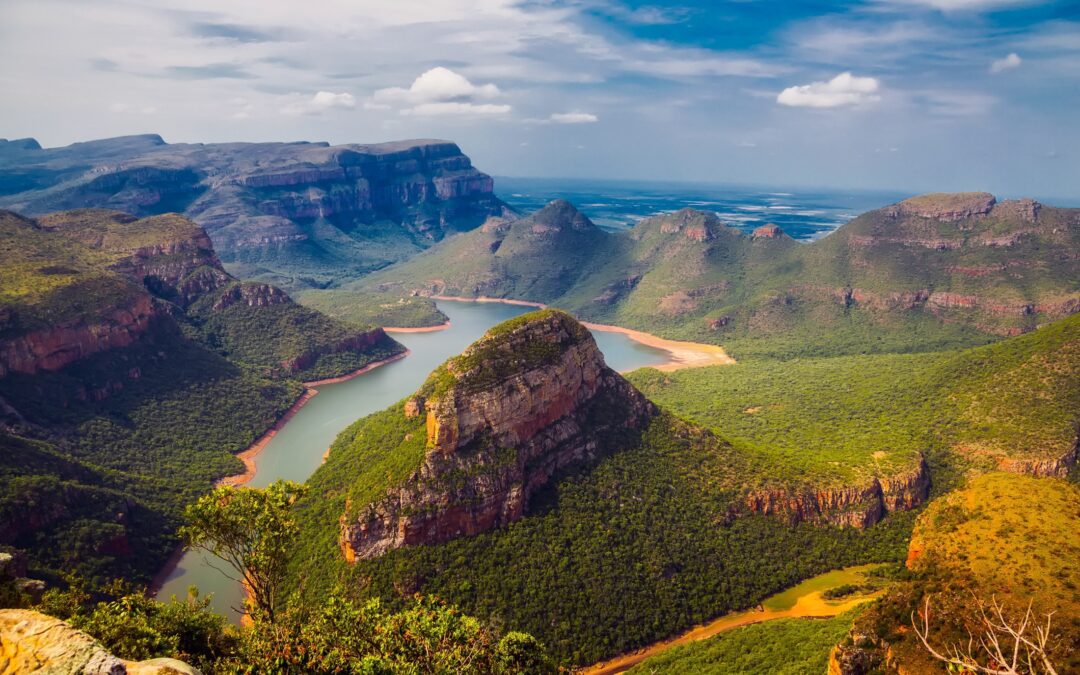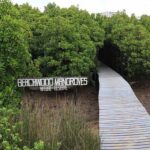Recently I have gotten into a lot of discussions about not only the vastness of South Africa but also the incredible beauty that this country has to offer. Everyone I meet, who has traveled a fare bit internationally, always raves about how lucky we are as South Africans to have so much incredible natural wonders, diversity of wildlife and a vast collection of cultures and peoples right at our doorstep. Now, after hearing all these high praises of South Africa, from many different people, I decided I wanted to write a comprehensive list of the natural beauty that South Africa is known and praised for. 16 of The Best Natural Wonders of South Africa.
1. The Garden Route
Starting off strong, with one of the most spectacular stretches of coastline South Africa has to offer. Stretching between Mossel Bay and Storms River and spanning over 300km, this route is the ultimate roadtrip. With countless detours and pit stops showcasing the region’s beauty, culture and hospitality, the challenge is deciding whether to devote four days or a fortnight.
Along the way you will pass by a few historic beach towns such as George with its fynbos fauna characteristic of the cape floral region and Plettenburg Bay with its nearby Robburg Nature Reserve, a jutting peninsular, home to seal colonies, and perfect for a picnic and the Birds of Eden Sanctuary, the world’s largest free-flight aviary, a verdant sanctuary for over 3,000 exotic birds rescued from cages.
This region is also known for the world-renowned Otter Trail, a spectacular hike that is 45km in length and requires 5 days to do. The Otter Trail is one of the best multi-day hikes in South Africa. It’s also the oldest trail in the country and the most popular (hence the year-long wait).
Other honourable mentions of the Garden Route include the Knysna Heads, Tsitsikamma National Park and Monkeyland.
Continue Reading | Ultimate Guide To The Garden Route – South Africa
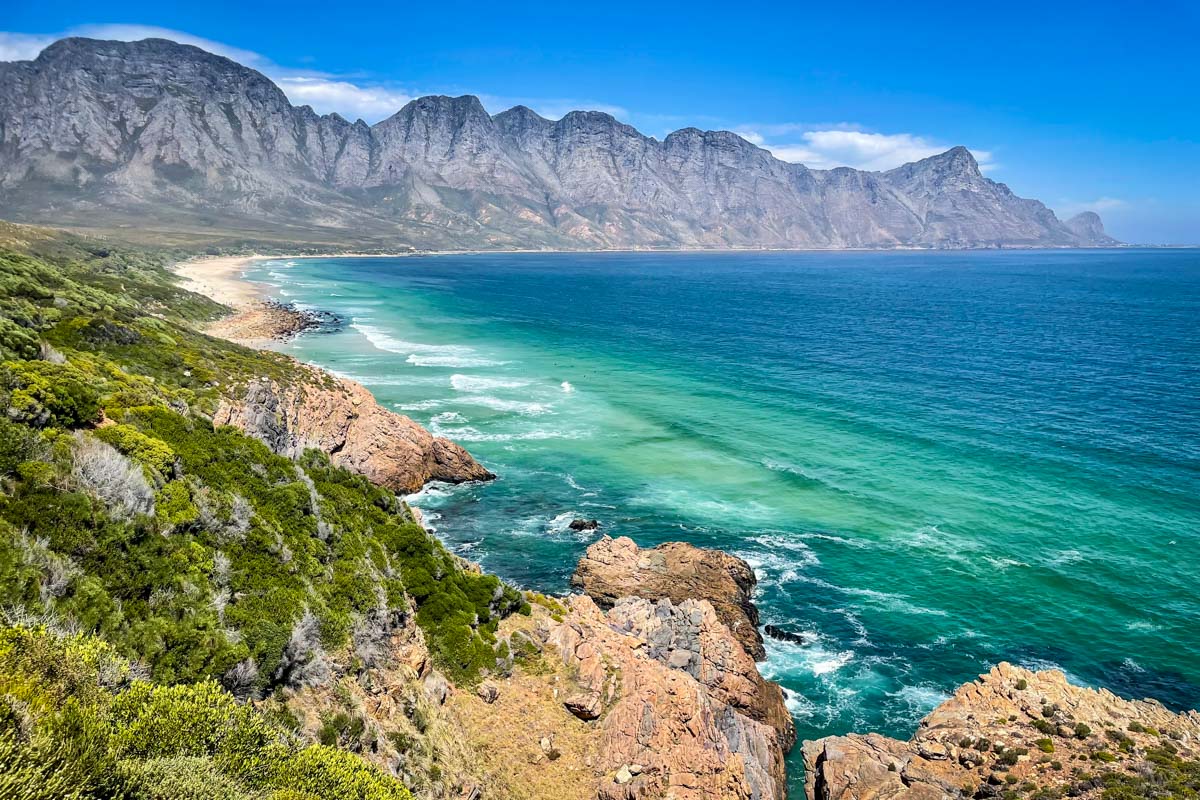
2. Kruger National Park
Jumping over to the other side of the country, we have the ultimate South African safari experience, Kruger National Park. The park stretches from the Mpumalanga region and north into Limpopo, a good 20,000 square kilometers.
Kruger is known for its high concentration of species — 147 species of wildlife, 507 species of birds, 49 species of fish, and 300 species of trees and of course ‘The Big 5’.
Now, you can brave the park via your own car or you can book a game drive with experts guides and trackers to get you the best chance of seeing some cool wildlife. You can also do a walking tour or sleep overnight in a hideout.
If you want to make it easier on yourself to spot wildlife, plan your trip to Kruger over the winter months.

3. Table Mountain
Table Mountain is one of the great natural wonders of the South Africa. It offers gorgous views the city of Cape Town below and the ocean beyond.
Hiking Table Mountain is a popular sunrise activity for local trailrunners and hikers. There are multiple different routes to take.
Of course, the cable-car offers amazing 360 degree rotating views if you want to take in the views of Cape Town in a more laid back way. On top of the mountain is Restaurant to refresh.
Climbing Routes on the mountain are also top notch.
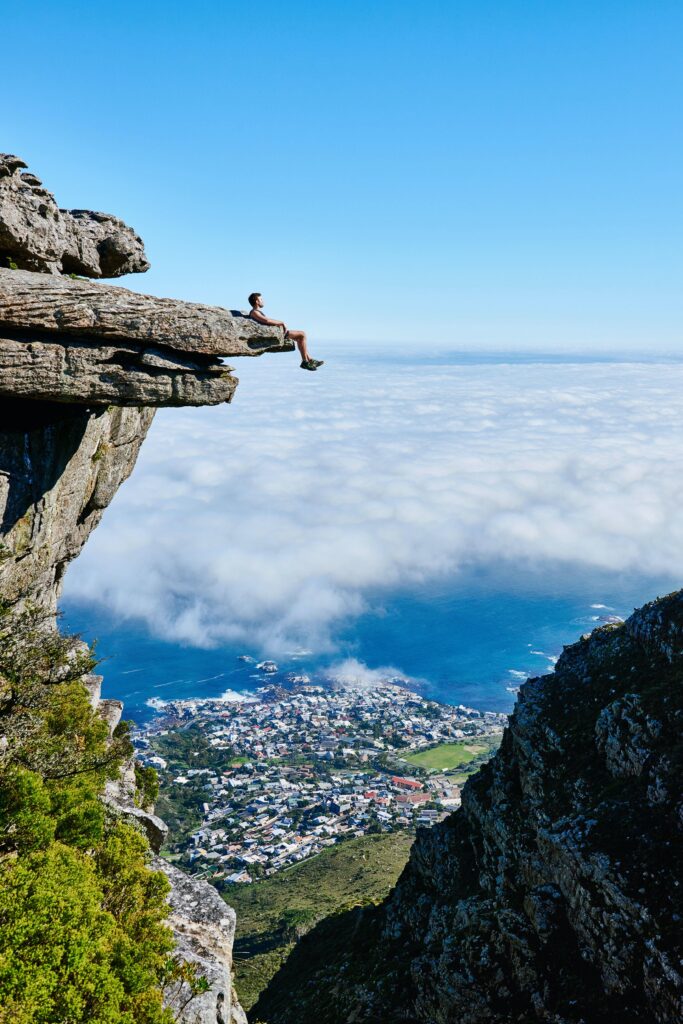
4. Panorama Route
Known as one of the most incredible road trips in South Africa, the Panorama Route deserves a spot at the top of your bucket list. It’s where you’ll find iconic natural wonders like the Blyde River Canyon – the largest green canyon in the world!
Within the canyon you can see sites such Bourke’s Luck Potholes, Lowveld Viewpoint, and the Three Rondavels
Other highlights include Pinnacle Rock and God’s Window, where you can see all the way to Mozambique on a clear day and tons of waterfalls. A popular one is Lison Falls.
Read Also | 65 Things To Do In South Africa: The Ultimate Travel Guide
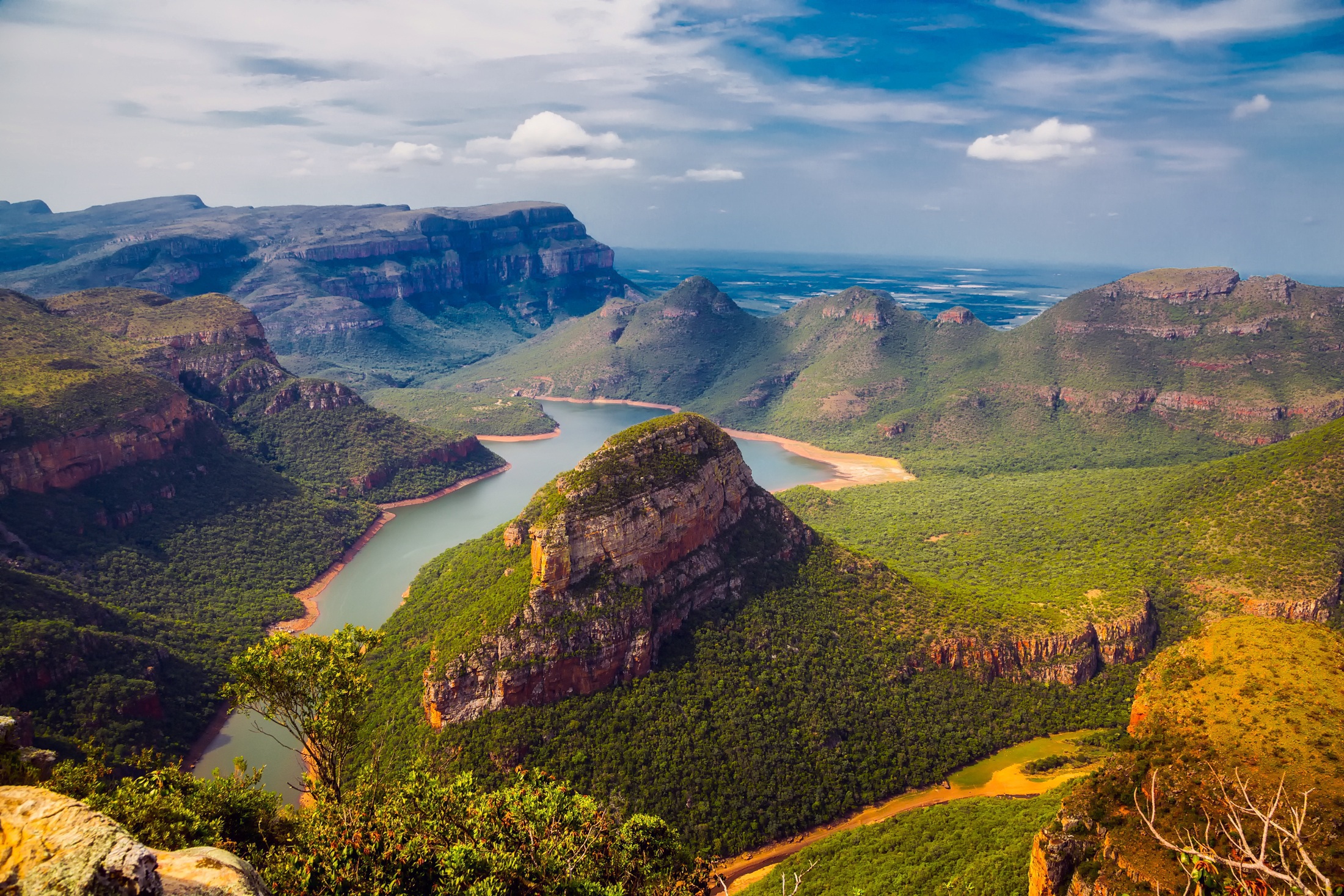
5. Hole in the Wall
Local Xhosa legend says that the unique geological feature is a gateway to their ancestors. The story goes, that a beautiful girl fell in love with one of the sea people. However, her father wasn’t too happy about the union and forbade her from seeing him again. So like most teen romcoms, the sea people used a giant fish to ram a hole through the cliff, and the girl joined her man in the ocean, never to be seen again.
Hole in the Wall is a located off the coast of Coffee Bay, a notable destination in itself to add to the good ol’ SA road-trip. It’s described by most as being a quiet little hippie town. Raw ocean against steep cliffs, rolling hills, mud huts and free roaming cattle create a sense of being truly ‘in the middle of nowhere’.
Coffee Bay is known for being a consistent spot for catching some good waves. While surfing is a year round activity along the Wild Coast, winter is prime time.

6. Valley of Desolation
Smack dab in the centre (sort of) is one of South Africa’s most impressive natural wonders, the Valley of Desolation. Located in Camdeboo National Park, the Dolerite columns rise 120 metres from the valley floor are the result of volcanic and erosive forces.
Getting here is a bit off the beaten track, but it’s one of the must-see places in South Africa. You can stay over in Graaf Reinet and use it as 3h detour from Oudtshoorn if you’re planning a Garden Route road trip.
Get here as the gates open to catch the end of the sunrise or stop by for sunset. It’s an absolute dream!

7. Cape Point
Taking it back to the Cape, we have the edge of the African continent, where the warm waters of the Indian and chilly waters of the Atlantic Oceans merge together. In addition to the stunning views, there is also plenty to see and do.
You can visit the lighthouse, discover the historical monuments to Vasco da Gama and Bartolomeu Dias, spot migrating whales (June to October), walk the shipwreck trail to view some of the 26 shipwrecks around Cape Point or just park off for a while on the gorgeous beaches.
And naturally, being South Africa, you have some amazing birdlife and flowers to spot.

8. Drakensburg Mountains
I absolutely love the Drakensberg Mountains (or simply just ‘The Berg’ as we call it in Durbs). I have many fond memories of hiking through the mountains, sleeping in caves and plunging into the icy cold waters. It’s an awesome place to be.
There are tons of beautiful hikes to do, ranging from chill day walks to full-on expeditions (such as the Grand Traverse, a gruelling challenge that pretty much covers the entire 200km range of the Berg). A good beginner hike I recommend is to start at Injisuti campsite and make your way to Marble Baths, a beautiful series of natural water slides and crystal clear waters. Another great one (for the slightly more advanced hiker) is the hike to the top of Tugela Falls, the highest waterfall in Africa and the second highest in the world!
The weather in the Berg can change on the flip of a coin, so bring suitable rain gear if you decide to go hiking.
If you want a more laid-back holiday, there are a ton of awesome chalet resorts, campsites and BnBs to stay at for a few days such as Champagne Castle, Injisuti and Mahai Royal Natal campsite.
If you want some gnarly climbing routes, the Berg is the place to be, with most routes being multi-pitch adventures and ice-climbing is done by a few brave (and more than slightly crazy) souls in the Winter months.
Read Also | Ultimate Guide to the Drakensberg Grand Traverse – South Africa
Read Also | 14 of the Most Famous Hikes in the World
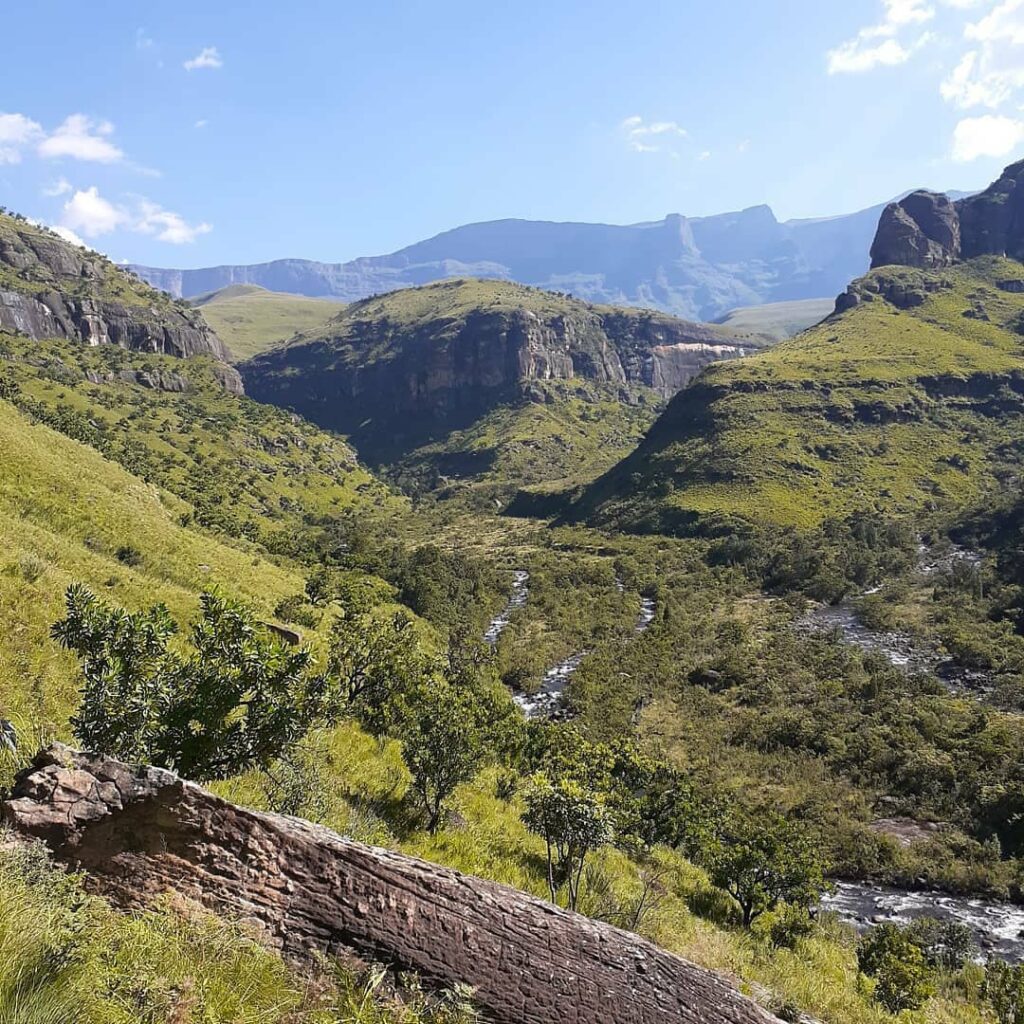
9. Whale Watching at Hermanus
Hermanus is one of the best whale-watching destinations in the world. So it’s not surprising that it’s one of the top things to do in South Africa if you happen to be around from June to October.
Book a whale-watching boat tour that will get you as close and personal as possible to these gentle giants. Or you can wander around the Hermanus Cliff Path.
10. Cederburg Mountains
The Cederberg Wilderness Area is an otherworldly landscape of mystical stone figures, indigenous fynbos-covered hills and plains and of course, some of the most spectacular mountain ranges around.
Situated some 200 km from Cape Town, the Cederberg is famed for its ancient rock art, untouched wilderness and remote beauty, which sees local travellers and foreigners alike flocking to this intensely unique, fiercely beautiful part of the Western Cape.

11. Namaqualand Flowers
Each year the West Coast region of South Africa bursts into bloom with the annual spring flowers. Visitors from around the world flock to see this incredible natural phenomenon as the landscape turns orange for a few short weeks in August.
During August and September, the park opens up its Postberg region to visitors. Planning a trip to see the wild flowers can be a little tricky as it all depends on the rain received each year and the exact timing of the flower bloom isn’t really known until it is happening. However, I think you can be fairly certain that the last week of August is a safe bet to book your trip. It is also always best to start with the more Northern flower regions (like Namaqua National Park and Niewoudtville) as these tend to get warmer sooner and bloom sooner, ending with the more Southern flower regions (Biedouw Valley and West Coast National Park)

12. Diving in Sodwana Bay
The diving in Sodwana Bay is world renowned. It’s so good its 1 of the top 10 diving spots in the world. A 50 km reef complex boasts around 95 species of hard and soft coral, sponges, other invertebrates and around 1200 fish species. It attracts 35 000 scuba divers every year. Vast 700m deep valleys, submarine canyons, are strewn over a distance of 2 km.
Sodwana Bay is located inside iSimangaliso Wetland Park, South Africa’s first World Heritage Site. Magnificent coastal dunes line the coast and merge into the 220 kilometres of beaches and coral reefs below the waterline.
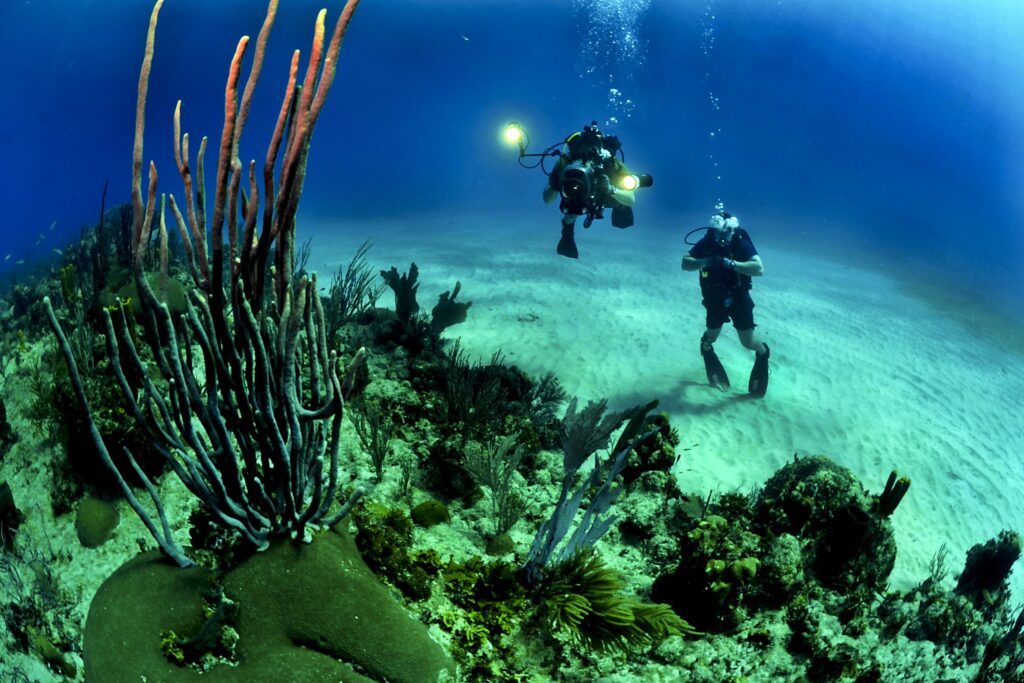
13. Addo Elephant National Park
Now let’s hop over to the land of the elephants. Addo Elephant National Park is a diverse wildlife conservation park situated close to Gqeberha in South Africa and is one of the country’s 19 national parks.
This Park offers some of the most spectacular elephant viewing in the world. Addo’s over 600 elephants will delight visitors with their antics. Elephant paradise!
The park also has a host of other wildlife such buffalos, lions, hyenas and leopards.

14. Annual Sardine Run
The KwaZulu-Natal sardine run of southern Africa occurs from May through July when billions of sardines spawn in the cool waters of the Agulhas Bank and move northward along the east coast of South Africa.
The run, containing millions of individual sardines, occurs when a current of cold water heads north from the Agulhas Bank up to Mozambique where it then leaves the coastline and goes further east into the Indian Ocean.
The yearly sardine runs attracts predators such as sharks, gulls and whales who indulge themselves in this all-you-can-eat buffet.
In terms of biomass, researchers estimate the sardine run could rival East Africa’s great wildebeest migration. The shoals are often more than 7 km long, 1.5 km wide and 30 meters deep and are clearly visible from spotter planes or from the surface.
Read Also | 27 Things to Do in Durban: The Ultimate Guide
15. Chapman’s Peak Drive
Stretching from the seal dense town of Hout bay to the Cape Penisula town of Chapman’s Peak, Chapman’s Peak Drive is one of the most scenic roads in the world. A drive down this road feels like one of those roadtrip scenes in a cheesy rom-com movie where everything seems to good to be true, but in this case it really is (It’s that stunning!).
There are numerous places along the route to stop and take photos of the dramatic landscape. Capetownians are truly blessed to have this beautiful stretch of tarmac to call their own.
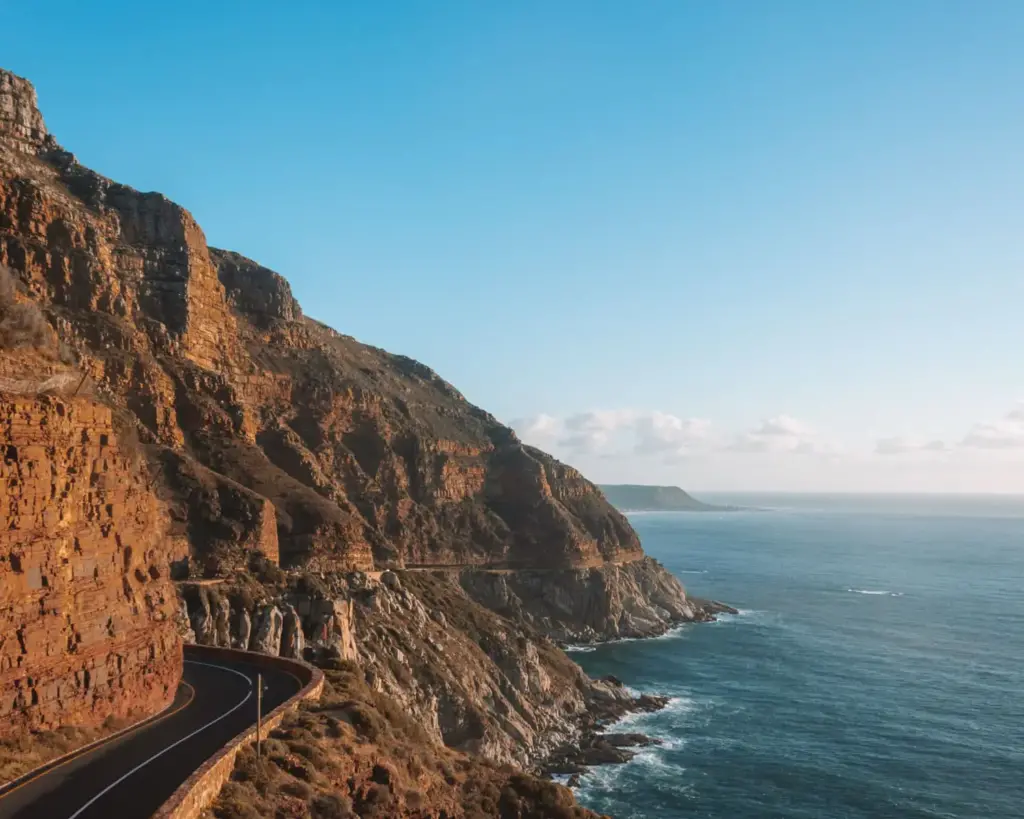
16. Cango Caves
And finally, wrapping up we travel to the Cango Caves, a spectacular specticle of Wow!
The Cango Caves are Africa’s largest show caves and one of the Seven Wonders of Southern Africa, which makes the Cango Caves the archaeological and historical highlight of the Klein Karoo.
It lies 29km from Oudtshoorn in the picturesque Cango Valley and is situated in a limestone ridge that runs parallel to the well-known Swartberg Mountains and here you’ll find the finest dripstone caves, with their massive halls and towering limestone formations in a variety of colours.
It was originally thought to be only about 1km long, but the caves have been discovered to extend naturally for well over 5km – however it could be even longer, larger and more mysterious than current estimates. You can visit approximately one-quarter of the entire 5km system of interlinking tunnels. The rest is closed for conservation purposes.
If you are not a claustrophobia panic-mechanic like me, you can book a tour and wiggle your way through the 5km of complex maze of tunnels and halls. As for me however, I’m sticking to the main hall, I think that’s enough for me.
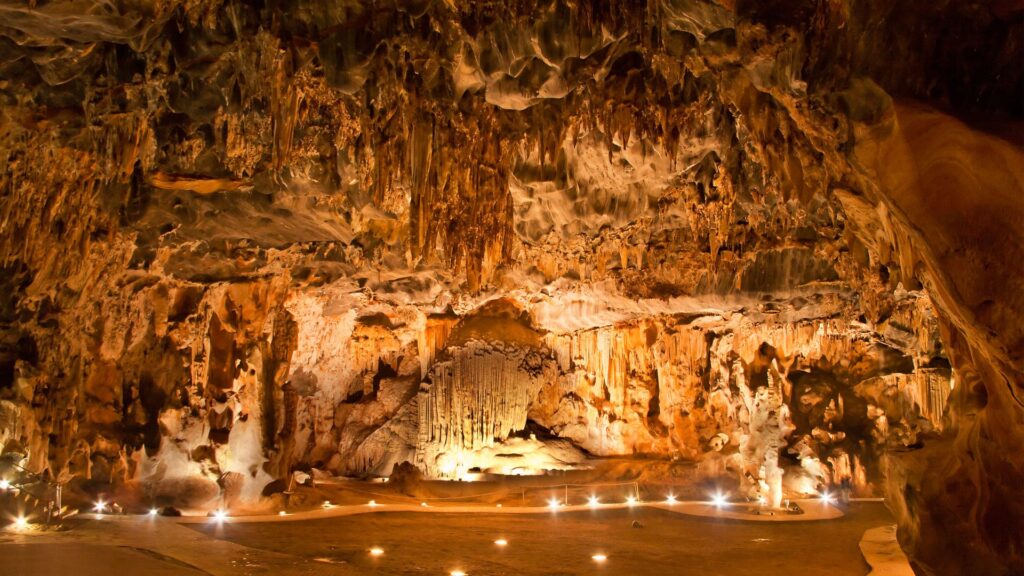
Which of these 16 Natural Wonders of South Africa have you visited and which are on your Must – See List? Drop a comment, I would love to hear about your experiences at these natural beauties.
With That Said
– Chase The Adventure –
info@ethanexxplores.com

